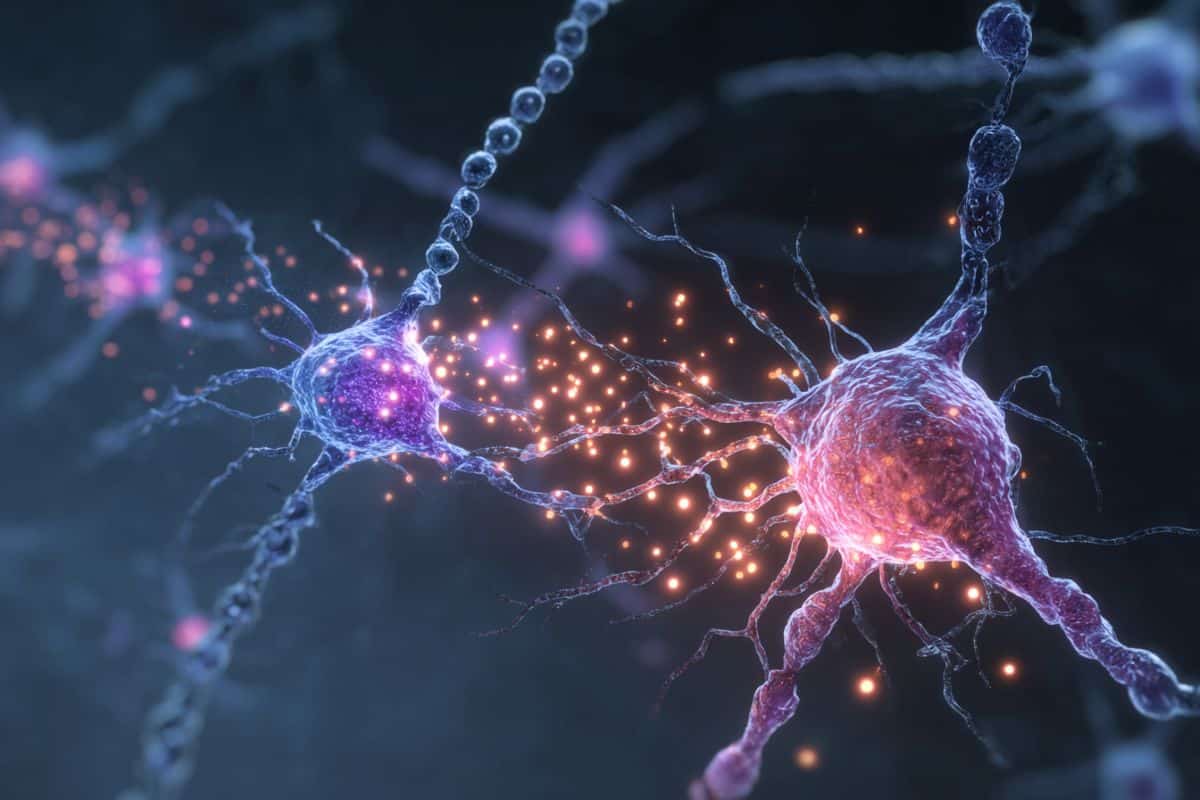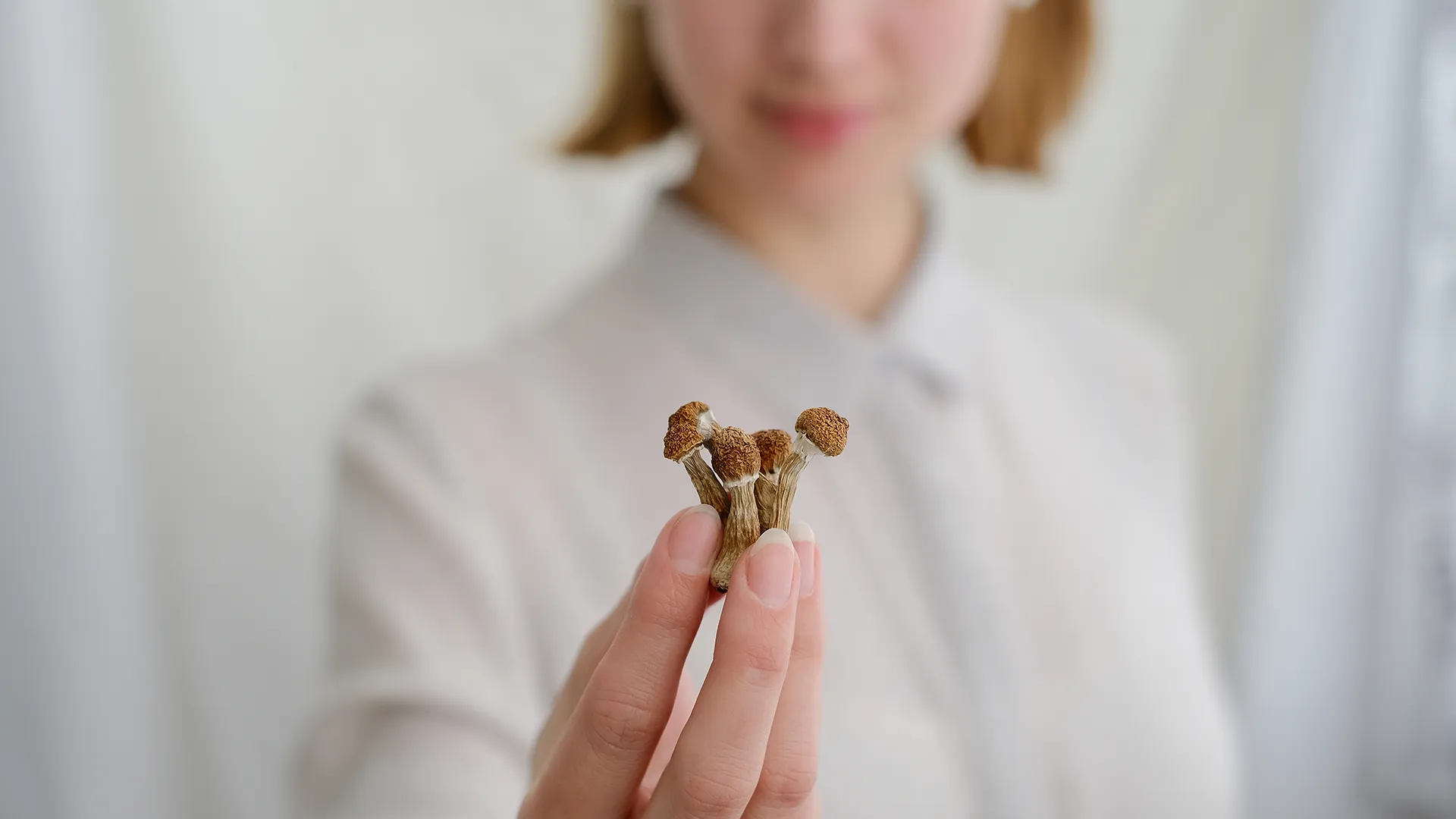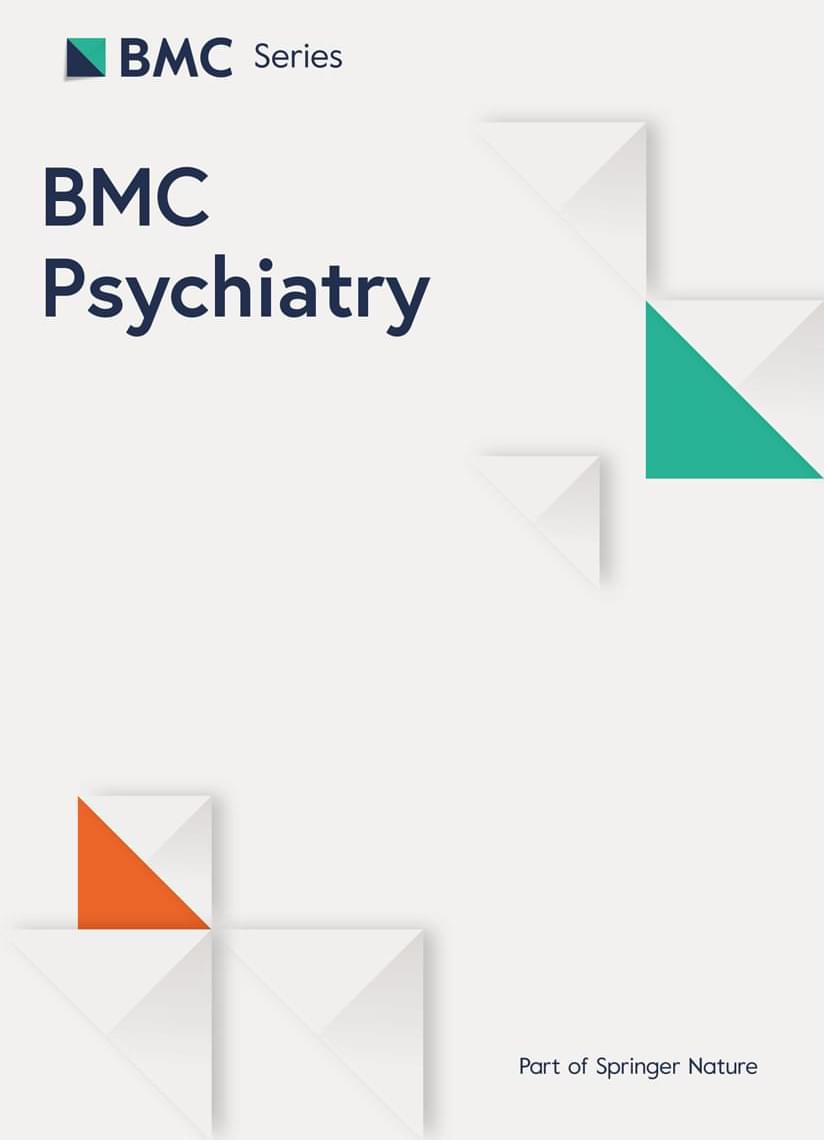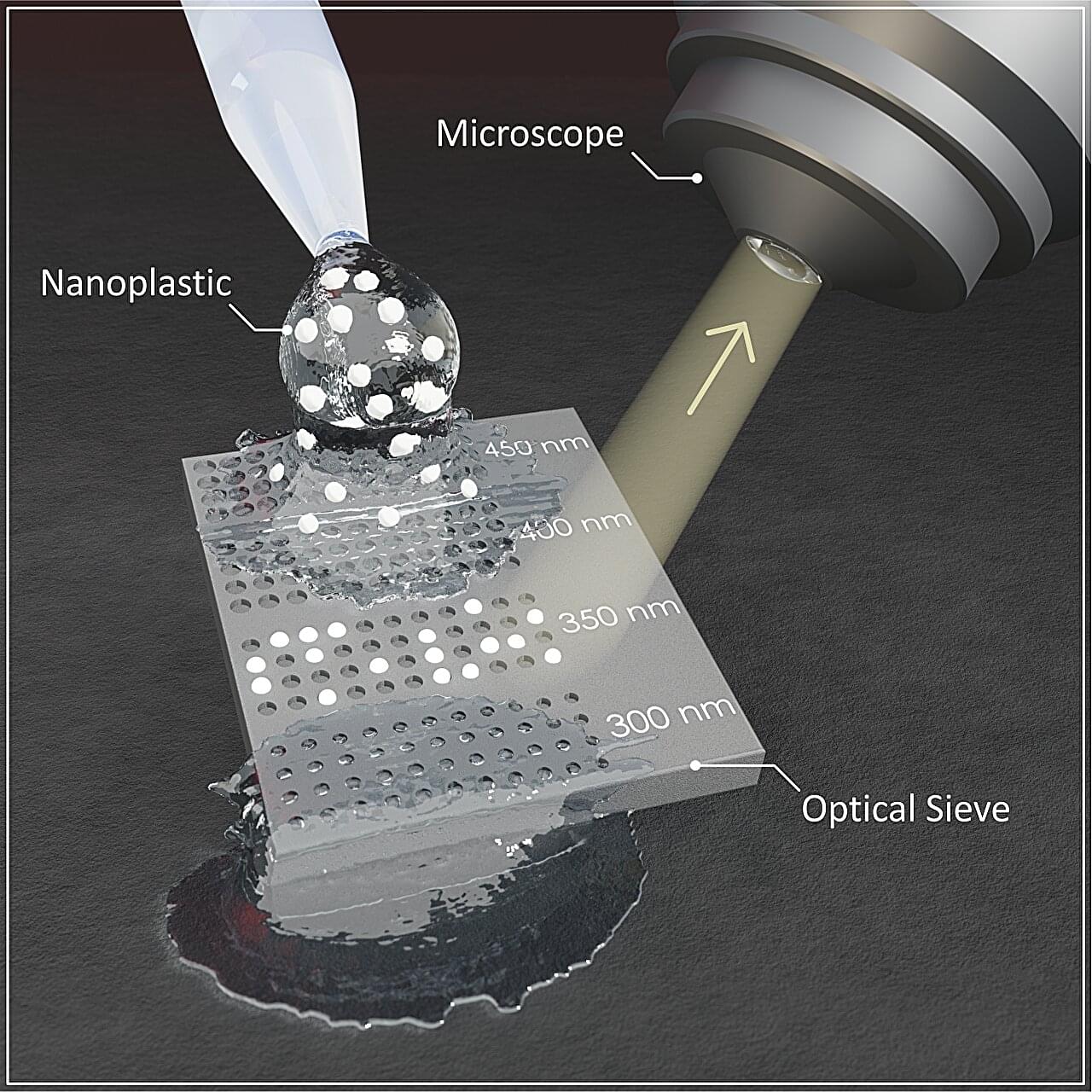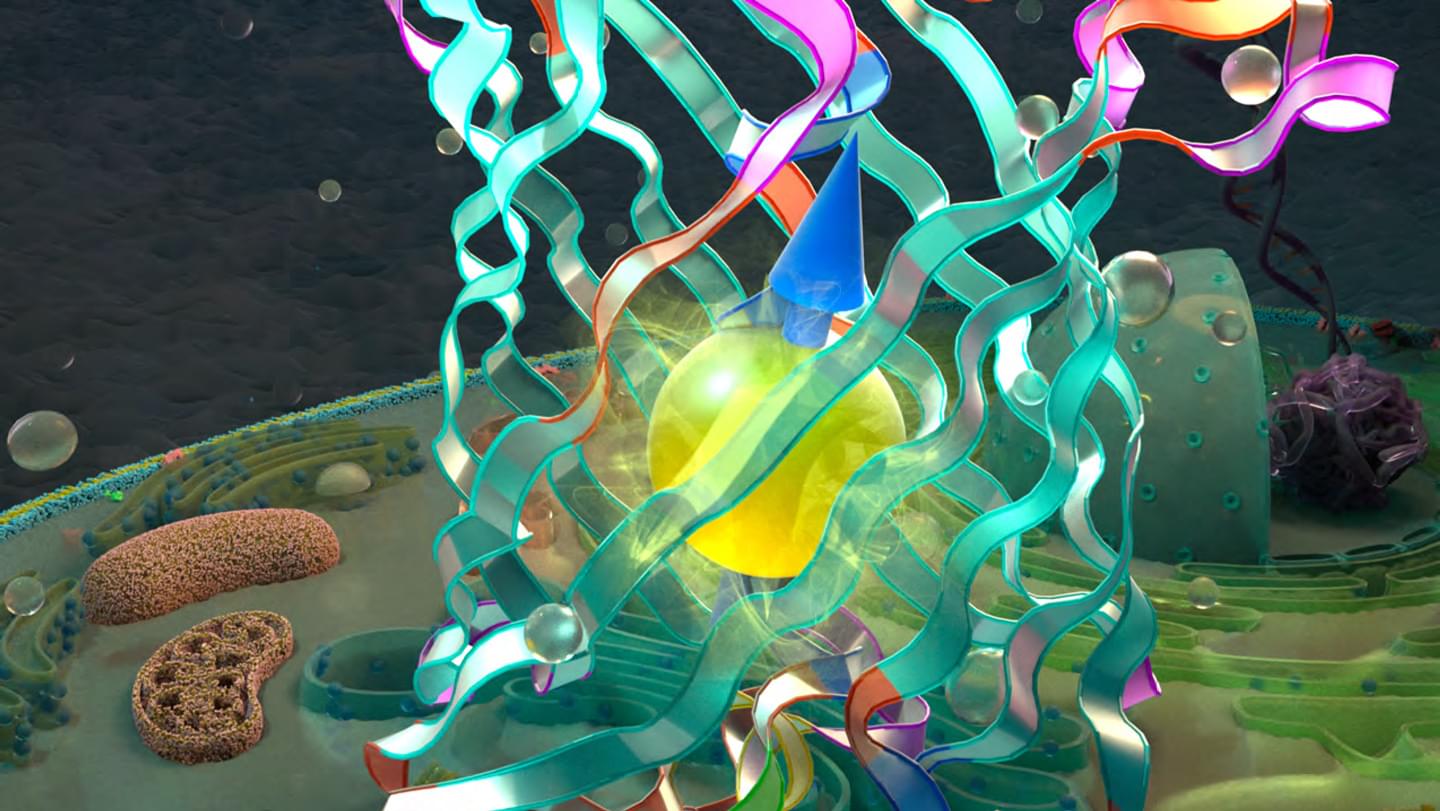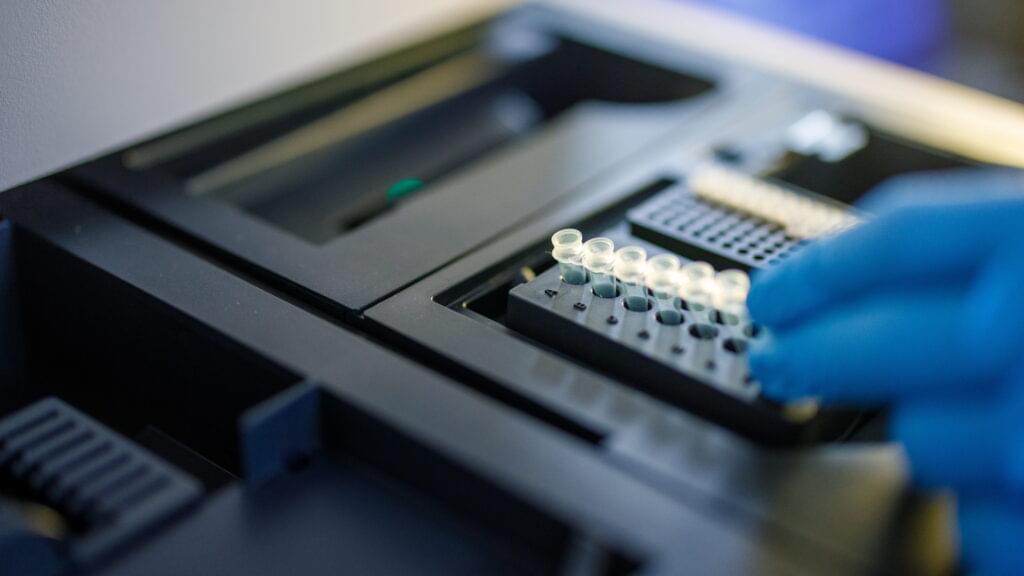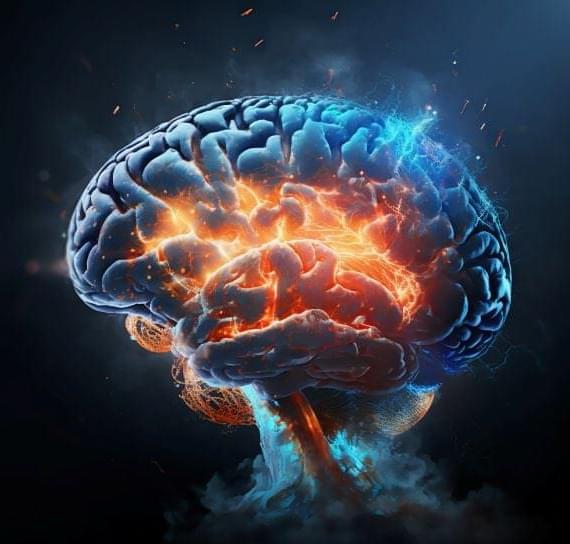Cannabis use is linked to an almost quadrupling in the risk of developing diabetes, according to an analysis of real-world data from over 4 million adults, being presented at the Annual Meeting of the European Association for the Study of Diabetes (EASD) held in Vienna, Austria (15–19 Sept).
Cannabis use is increasing globally with an estimated 219 million users (4.3% of the global adult population) in 2021, but its long-term metabolic effects remain unknown. While some studies have suggested potential anti-inflammatory or weight management properties, others have raised concerns regarding glucose metabolism and insulin resistance, and the magnitude of the risk of developing diabetes hasn’t been clear.
To strengthen the evidence base, Dr. Ibrahim Kamel from the Boston Medical Center, Massachusetts, U.S. and colleagues analyzed electronic health records from 54 health care organizations (TriNetX Research Network, with centers from across U.S. and Europe) to identify 96,795 outpatients (aged between 18 and 50 years, 52.5% female) with cannabis-related diagnoses (ranging from occasional use to dependence, including cases of intoxication and withdrawal) between 2010 and 2018.
